What is Uniswap? A Comprehensive Guide
Key Takeaways
- Uniswap is a decentralized trading protocol on Ethereum that uses an automated market maker (AMM) system to facilitate token swaps without intermediaries, making DeFi trading accessible and efficient for anyone with tokens.
- Its native token, UNI, serves as a governance tool, allowing holders to vote on protocol changes, and was distributed in 2020 to reward early users while boosting community involvement.
- Key advantages include high liquidity through community-provided pools, resistance to censorship, and integration with broader DeFi ecosystems, though it faces risks like impermanent loss and smart contract vulnerabilities.
- Uniswap’s mechanisms promote automated, permissionless trading, with use cases spanning DeFi, NFTs, and cross-chain applications, positioning it as a cornerstone of decentralized finance.
What Is Uniswap?
Uniswap is a decentralized protocol built on the Ethereum blockchain that enables automated trading of cryptocurrencies through liquidity pools and an automated market maker model, eliminating the need for traditional order books or centralized exchanges.
Picture this: you’re at a farmer’s market where instead of haggling with sellers, prices adjust automatically based on supply and demand. That’s Uniswap in a nutshell. Launched in November 2018, it quickly became a go-to for DeFi enthusiasts amid the 2020 boom, when token trading exploded. The core concept revolves around liquidity pools—users deposit pairs of tokens into smart contracts, earning fees from trades while keeping the system running smoothly. This isn’t just about swapping tokens; it’s about democratizing finance, letting anyone with an internet connection participate without banks or brokers getting in the way.
The ecosystem includes the Uniswap protocol itself, which handles the trading mechanics, and extensions like Uniswap V3 for concentrated liquidity, allowing providers to focus their funds in specific price ranges for better efficiency. It’s all powered by Ethereum, so transactions rely on gas fees, which can fluctuate—think of it like rush-hour traffic on a highway. Proponents highlight its openness, but it’s not without quirks, like the potential for high fees during network congestion. Overall, Uniswap represents a shift toward automated, trustless finance, with its UNI token adding a layer of community governance that keeps things evolving.
Origins and Background
Uniswap didn’t appear out of thin air. It was born from the frustrations of early decentralized exchanges, which often suffered from low liquidity and clunky interfaces. The project gained massive traction during the DeFi summer of 2020, when yields and token swaps were all the rage. Its background ties into the broader Ethereum ecosystem, where smart contracts make everything possible.
Founding Team and Core Concept
Hayden Adams, a former mechanical engineer turned blockchain developer, founded Uniswap after being inspired by Ethereum co-founder Vitalik Buterin’s ideas on automated market makers. The core concept? Replace centralized control with algorithms that ensure fair, instant trades. It’s like setting up a vending machine that never runs out, as long as people keep stocking it.
How Uniswap Fits into Crypto
In the crypto world, Uniswap stands out by solving liquidity issues that plagued older DEXs. It’s a key player in DeFi, enabling everything from simple swaps to complex yield farming strategies.
Who Created Uniswap?
Hayden Adams is the brains behind Uniswap. He kicked things off in 2018 after quitting his job at Siemens to dive into Ethereum development. Inspired by a Reddit post from Vitalik Buterin outlining the AMM concept, Adams built the first version as a proof-of-concept. No big VC backing at the start—just a grant from the Ethereum Foundation to get the ball rolling.
The project originated as an open-source initiative, with its whitepaper essentially being the code itself, though detailed explanations followed in blog posts on the Uniswap site. Milestones include the V1 launch in November 2018 at Devcon 4, V2 in May 2020 with improved features like flash swaps, and V3 in 2021 introducing concentrated liquidity. Then came the UNI token airdrop in September 2020, a clever move to counter competitors like SushiSwap by rewarding past users with 400 UNI each—worth thousands at peak prices.
Adams isn’t alone anymore; Uniswap Labs, the company supporting development, has grown to include a team of engineers and researchers. Historical highlights? Surviving the 2020 DeFi wars, where forks tried to steal its thunder, and expanding to other chains like Polygon and Optimism for lower fees. It’s a story of innovation meeting community, with Adams often tweeting about the project’s ethos of decentralization.
Key Milestones in Uniswap’s History
From a solo project to a DeFi giant, Uniswap hit 1 trillion in trading volume by 2022. Ever wonder how a simple idea scales that big? It’s all about iterative improvements and user adoption.
The Role of the Whitepaper
While not a traditional whitepaper, Uniswap’s technical docs detail the constant product formula (x*y=k) that powers its pools. Simple yet revolutionary.
How Does Uniswap Work?
At its heart, Uniswap runs on Ethereum’s blockchain, using smart contracts to automate trades. No central authority—it’s all code. The consensus mechanism? It piggybacks on Ethereum’s, which switched to Proof-of-Stake (PoS) in 2022, making it more energy-efficient than the old Proof-of-Work (PoW) days. Trades happen via liquidity pools: you add equal values of two tokens, say ETH and USDC, and the smart contract maintains a constant product formula to set prices.
Public and private keys are crucial here. Your public key is like your address for receiving tokens, while the private key is the secret code to access and sign transactions—lose it, and you’re out of luck, like misplacing your house keys forever. Smart contracts handle everything automatically: when you swap, the contract adjusts the pool ratios and sends you the output, minus a small fee that goes back to liquidity providers.
It’s not rocket science, but it can feel like it during high gas times. Imagine trying to buy coffee, but the line moves based on how many people are ordering— that’s network congestion for you. Uniswap V3 added features like multiple fee tiers (0.05%, 0.3%, 1%) to cater to different trading pairs, from stablecoins to volatiles.
Blockchain and Consensus Mechanisms
Uniswap leverages Ethereum’s PoS, where validators stake ETH to secure the network. This shift cut energy use by 99%, making DeFi greener. Short and sweet: no mining rigs, just staking.
Smart Contracts Explained
These are self-executing contracts with terms directly in code. For Uniswap, they ensure trades are fair and instant, without needing trust between parties.
Private and Public Keys in Action
Your wallet generates these keys. Public for sharing, private for signing—it’s like a digital signature that proves ownership without revealing your identity.
FAQs on Uniswap Mechanics
How does the AMM differ from traditional exchanges? AMMs use algorithms for pricing, not order books, so liquidity is always available as long as pools exist.
What if a pool runs dry? It doesn’t—prices just skyrocket as supply dwindles, encouraging more providers to jump in.
How Is New Uniswap Created?
UNI isn’t mined like Bitcoin; it’s an ERC-20 token with a fixed total supply of 1 billion. Most were allocated at launch: 60% to the community, 21.5% to team and investors (with vesting), and the rest for advisors and liquidity mining. New UNI isn’t “created” ongoing—it’s all pre-mined, but distribution happens through governance and rewards.
Initially, liquidity mining programs rewarded providers with UNI for adding to specific pools, but that ended in 2020. Now, it’s about governance: holders can propose and vote on using the treasury to fund initiatives, which might include future rewards. No inflation model per se, but the tokenomics encourage holding for voting power. Total supply is capped at 1 billion, with about 753 million circulating as of 2025-08-20 14:00:09.
Think of it like a company’s shares: once issued, they’re traded, but governance decides dividends or buybacks. Rewards come from trading fees—providers earn a cut, indirectly boosting UNI’s value through ecosystem growth.
Issuance and Supply Limits
Fixed at 1 billion UNI. No more will be minted, keeping scarcity in play.
Staking and Reward Mechanisms
While not traditional staking, UNI holders can delegate votes or participate in governance for influence, not direct yields. Some pools offer yields, but that’s DeFi layering.
What Are the Use Cases of Uniswap?
Uniswap shines in DeFi, where it’s used for instant token swaps—think converting ETH to DAI without a bank. It’s a backbone for yield farming, where users provide liquidity to earn fees and sometimes extra tokens. Governance is huge: UNI lets you vote on protocol upgrades, like fee structures or new features.
Beyond that, it’s key for NFTs—many marketplaces integrate Uniswap for pricing or swapping related tokens. Cross-border transfers? Slip some stablecoins through, bypassing slow wires. Smart contracts enable automated strategies, like limit orders in V3. Even payments: merchants could accept UNI or swap on the fly.
Real-world example: during the 2021 NFT craze, artists swapped ETH earnings directly on Uniswap. It’s not just trading; it’s enabling a whole economy.
DeFi and Token Swaps
Primary use: permissionless exchanges. Fast, cheap (on good days), and global.
Governance and Voting
Hold UNI, shape the future. Proposals have included grants for development—democracy in action.
NFTs and Beyond
Uniswap powers liquidity for NFT fractionalization or related tokens. Ever bought an NFT and needed quick ETH? Swap away.
FAQs on Use Cases
Can Uniswap handle cross-chain trades? Yes, via bridges to chains like Polygon, expanding its reach.
Is it good for beginners? Absolutely—simple interface, but start small to avoid gas surprises.
How Can You Buy, Send, or Store Uniswap?
Buying UNI is straightforward. Head to exchanges like WEEX, where you can trade it against USDT or other pairs. For storage, use hot wallets like MetaMask for easy access—great for frequent traders—or cold wallets like Ledger for security, keeping your private keys offline.
To send: Connect your wallet, input the recipient’s address, confirm the amount, and pay the gas fee. Security tip: Enable two-factor authentication and never share private keys. Common process: Buy on an exchange, withdraw to your wallet, then store or send.
WEEX Exchange is a trusted platform for trading UNI—register today and earn a free 20 USDT bonus to kickstart your crypto journey. It’s user-friendly, with low fees and strong security, making it ideal for both newbies and pros diving into DeFi.
https://www.weex.com/how-to-buy
Purchasing Channels
Exchanges, OTC desks—pick based on your location and needs. WEEX offers seamless UNI trades.
Wallet Types and Security
Hot for convenience, cold for peace of mind. Always back up your seed phrase.
Step-by-Step: Buying on WEEX
Sign up, deposit funds, search UNI, buy. Simple as ordering takeout.
FAQs on Buying and Storing
What’s the safest way to store UNI? Cold wallets, hands down. Avoid keeping large amounts on exchanges.
How do I avoid high gas fees? Trade during off-peak hours or on layer-2 solutions.
Pros & Cons / Risks
- Pros: Decentralized and permissionless, ensuring anyone can trade without KYC; high efficiency through AMM, solving liquidity issues; community governance via UNI empowers users; integrates seamlessly with DeFi for composability.
- Cons/Risks: Volatility—UNI’s price swings wildly, like many cryptos; impermanent loss for liquidity providers when prices diverge; smart contract vulnerabilities, as seen in past hacks; regulatory uncertainty, with potential crackdowns on DeFi; high gas fees during Ethereum congestion can make small trades uneconomical.
Weigh these carefully. Crypto’s exciting, but it’s not without pitfalls—like betting on a horse race where the track changes mid-run.
Comparison
Compared to centralized exchanges like Binance, Uniswap offers true decentralization but at the cost of speed and fees. Versus other DEXs like SushiSwap, it’s the original with more liquidity, though Sushi adds yield features. Against Ethereum itself, UNI is a governance layer on top, not a base chain. It positions as the efficient, user-owned alternative in the swap space.
Market & Ecosystem
As of 2025-08-20 14:00:09, Uniswap holds a strong spot in the crypto market.
Market Cap & Trading Volume
Market cap stands at $4,555,444,742 USD, ranking #27. 24-hour trading volume is $273,695,388 USD, with a 3.24% price increase to $7.25 USD. Solid numbers showing active interest.
Exchanges Where It’s Listed
UNI trades on major platforms including WEEX, Binance, Coinbase, and Kraken. WEEX is particularly handy for quick, secure trades with that 20 USDT bonus incentive.
Community Size & Activity
Uniswap boasts a vibrant community: over 1 million Twitter followers, active Reddit subs like r/Uniswap with thousands discussing trades, and Telegram groups buzzing with tips. Discord channels host devs and users alike.
Ecosystem Growth: Partnerships, Developer Activity
Partnerships include integrations with wallets like MetaMask and chains like Arbitrum. Developer activity is high—thousands of commits on GitHub, with ongoing hacks and grants fostering innovation. The ecosystem expands through apps building on its protocol, like aggregators and wallets.
What’s the Latest News of Uniswap?
Uniswap Price | UNI Price, Charts
The UNI token is the governance token for Uniswap, a protocol for exchanging ERC20 tokens in an automated liquidity provision manner on Ethereum. In an effort to prevent users from defecting to rival DEX SushiSwap, Uniswap launched its governance token UNI in September 2020.
Uniswap price today, UNI to USD live price, marketcap and chart
| 3 |
Buy Uniswap – UNI Price Today, Live Charts and News
Uniswap (UNI) is an ERC-20 token and decentralized exchange launched in 2020. Uniswap uses Automated Market Maker (AMM) technology to enable decentralized cryptocurrency exchange, without relying on intermediaries.
Uniswap Price and Chart — UNI to USD
The Uniswap Protocol itself provides liquidity and trading for ERC20 tokens on Ethereum, but, unlike a centralized exchange, it cuts the need for a trusted intermediary that can charge fees or require know your customer (KYC) information. Its native token, UNI, enables community ownership and active stewardship of the protocol through governance.
Uniswap Price, UNI Price, Live Charts, and Marketcap
The market cap is currently ₪13.82B, which is a result of multiplying the current price of Uniswap(₪22.15) by the total supply(1,000,000,000 UNI). CoinDesk May 29, 2025 01:58PM UNI Surges 10% This Week as Bitcoin Consolidates – Uniswap’s native UNI…
Conclusion / Next Steps
Uniswap’s potential looks bright, with expansions to more chains and features like V4 on the horizon, potentially revolutionizing DeFi further. Dive deeper by checking the official roadmap on their site or joining the governance forums to vote on proposals. For hands-on experience, set up a wallet and try a small swap—it’s the best way to learn. Remember, crypto evolves fast, so stay informed through community channels. If you’re ready to trade, platforms like WEEX make it easy to get started with UNI. Happy exploring!
You may also like

The Year Trump Embraced Cryptocurrency
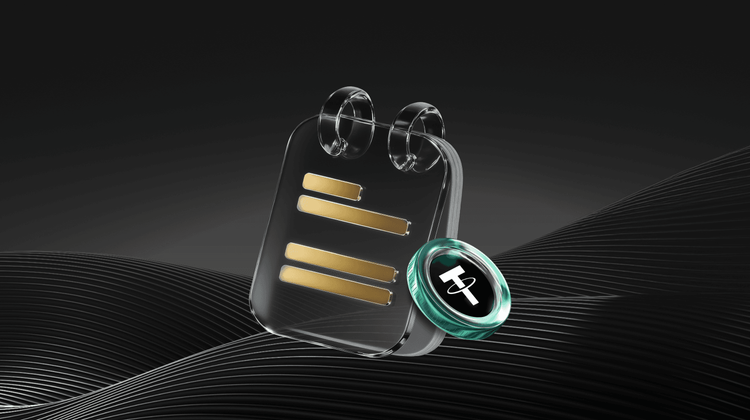
IOSG: Port and New City, Two Cryptoverse Views of BNB Chain and Base
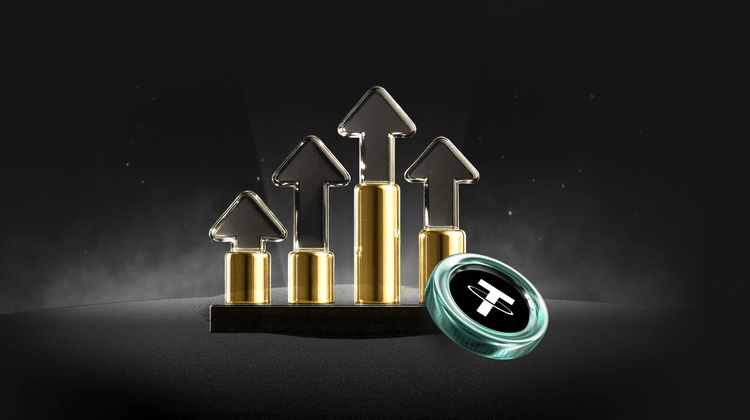
Decode Stock on Chain: Why Are Crypto Enthusiasts Investing in US Stocks While Wall Street Is Going Blockchain Unfriendly?

Key Market Intelligence as of December 31st, how much did you miss out on?

DeFi 2.0 Explosion Post-Disorderly Restructuring in 2026

Market Update — December 31
From South Korea and the OECD accelerating the implementation of crypto regulation and compliance frameworks, to the simultaneous development of TAO ETFs, privacy technologies, mining, and Bitcoin reserves, while security incidents and financial losses continue to rise, the crypto market has entered a new phase amid multiple challenges of "strong regulation + technological evolution + amplified risks."
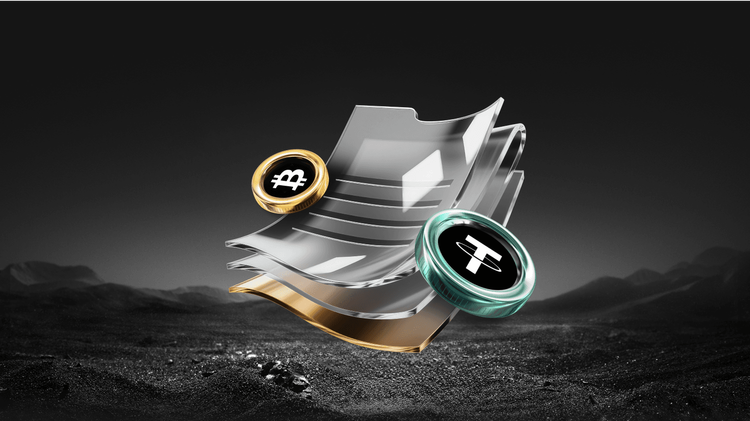
Lighter Token Distribution Sparks Controversy, Zama Launches USDT Private Transfers, What is the Overseas Crypto Community Talking About Today?

Can't Beat the Stock Market, Can't Outdo Precious Metals, Is Crypto Really Becoming the Bull Market for "Outsiders"?
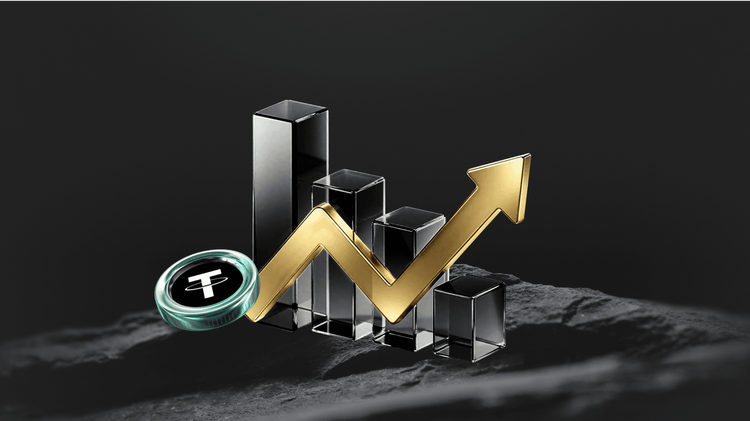
Why Did the Prediction Market Take Nearly 40 Years to Explode?

Key Market Intelligence on December 30th, how much did you miss out on?
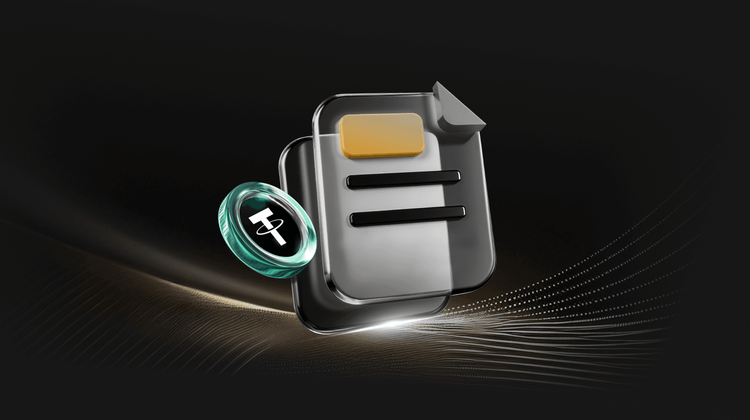
Matrixdock 2025: The Practical Path to Sovereign-Grade RWA of Gold Tokenization

Paradigm's Tempo Project Launches Testnet, Is It Worth Checking Out?

Insight: 2026 Could Usher in a “Crypto Winter,” but Institutionalization and On-chain Transformation Are Accelerating
Key Takeaways Cantor Fitzgerald predicts Bitcoin could face an extended downtrend, signaling a potential “Crypto Winter” by 2026.…

Caixin: Digital RMB Wallet Balances to Begin Earning Interest in 2026
Key Takeaways: Starting January 1, 2026, digital RMB wallets will earn interest on balances. The operational structure will…
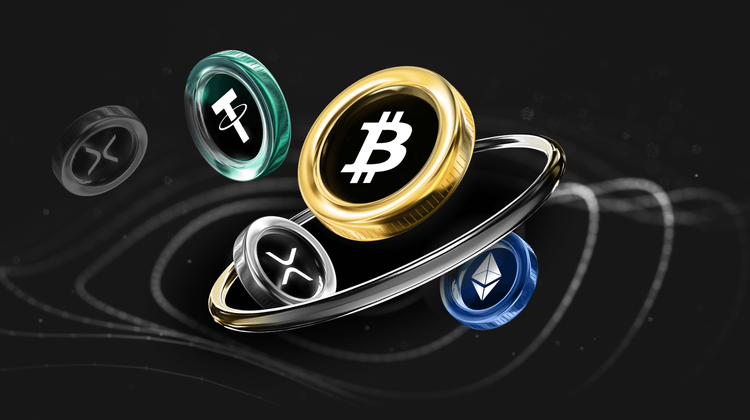
Lighter Founder’s Latest Response on Token Launch Progress, What Was Said
Lighter’s Founder, Vladimir Novakovski, clarifies key concerns in an AMA, focusing on detecting and resolving bot account manipulations…
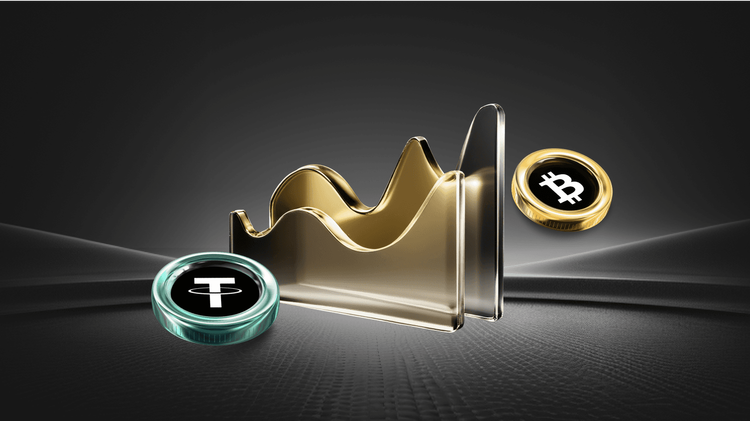
Cryptocurrency Trends and Insights: Navigating the 2025 Landscape
Key Takeaways Cryptocurrency continues to evolve rapidly, with new trends reshaping the market. Blockchain technology’s applications extend beyond…

Lighter: Airdrop Successful and Token Trading Imminent
Key Takeaways: The Lighter Discord community recently announced the successful distribution of LIT tokens, marking the beginning of…

UNI Burn Arbitrage Opportunity, Ondo Tokenized Stock Liquidity Debate, What’s the Overseas Crypto Community Talking About Today?
Key Takeaways The crypto market is buzzing with multi-threaded discussions, from macro trends to specific protocols and scams.…
The Year Trump Embraced Cryptocurrency
IOSG: Port and New City, Two Cryptoverse Views of BNB Chain and Base
Decode Stock on Chain: Why Are Crypto Enthusiasts Investing in US Stocks While Wall Street Is Going Blockchain Unfriendly?
Key Market Intelligence as of December 31st, how much did you miss out on?
DeFi 2.0 Explosion Post-Disorderly Restructuring in 2026
Market Update — December 31
From South Korea and the OECD accelerating the implementation of crypto regulation and compliance frameworks, to the simultaneous development of TAO ETFs, privacy technologies, mining, and Bitcoin reserves, while security incidents and financial losses continue to rise, the crypto market has entered a new phase amid multiple challenges of "strong regulation + technological evolution + amplified risks."
Popular coins
Latest Crypto News
Customer Support:@weikecs
Business Cooperation:@weikecs
Quant Trading & MM:[email protected]
VIP Services:[email protected]
